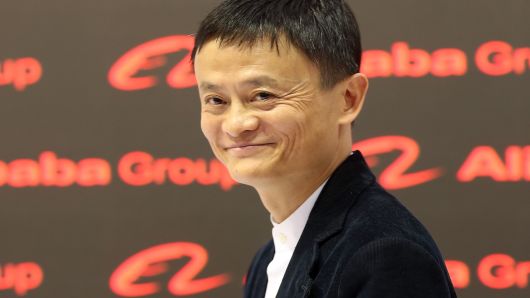When Alibaba founder and chairman, Jack Ma announced he would resign, investors were nervous and the company’s shares fell in after-hours trading. This is somewhat predictable, even though Ma’s successor, CEO Daniel Zhang had been named.

After nearly 20 years at the helm of Alibaba – taking it from a small business run from his apartment to a $420 billion e-commerce company – Ma holds so much history and know-how that seems irreplaceable. It got me to thinking about the role of succession planning between senior executives.
This Article Covers
What Usually Happens In An Executive Transition
When a senior executive leaves a job and another one steps in, what should be done to ease the transition? Certainly, Zhang will have his own ideas about the future of the company and how to run the business, but is there anything that Ma did over the last two decades that Zhang might want to know? Ought to know?
I’ve had more than a few conversations with exiting top talent, C-level, line executives, and those just hired into the job. Most organizations I’ve observed do virtually nothing beyond setting up basic systems and providing a talented admin for their new executives. The assumption is: if you’re smart enough to get the job, you must be smart enough to know what to do out of the gate.
How to Effectively Manage an Executive Transition
Knowledge transfer offers another approach. I remember one senior executive who announced his retirement after 15 years of successfully running a major research facility. The leader’s remaining executive team would carry on for him until a successor could be named, and then the successor was expected to dive in and take over.
Working together, my team and this exiting leader deconstructed what he’d been doing those 15 years on the job. We uncovered a long list of tasks and skills that had made the executive so valuable. Just making the list highlighted a simple risk management question: What is going to stop happening once this executive walks out the door—and what of this list really matters?
Should someone take responsibility for any of these tasks? If so, how will the knowledge regarding how to do these tasks be transferred?
Examples of An Effective Plan
Here are some examples from his list for a proper plan:
- Visit 2 happy and 1 – 3 unhappy customers each quarter. [This promoted customer maintenance and development of new product ideas. But, this was also when the executive brought high potential employees into the marketplace with him and listened to them – a key retention perk.]
- Read and interpret 3 trade publications every week. [The resulting summaries were critical for all key leaders.]
- Host a quarterly industry roundtable. [This netted up to 20% of new customers and partners.]
- Read slides from “the Gray Beard Panel.” [The executive had a group of long-time employees who regularly gave him feedback from their perspective and provided observations that informed many of his strategic decisions.]
- Develop a case for influencing external policies. [He regularly met with the board of the parent company in support of his site’s research.]
- Host the intern summer party at his family’s cabin. [The personal touch here and approachability of executive leadership led to a high rate of intern conversion to full-time hires.]
Why Are These Details Important?
Through each of these “tasks” the executive made an important contribution to the success of the organization. None of these tasks was in his job description. His successor might have chosen to take them on – or not – but, by making this list before his exit and understanding what the executive had been doing to be successful, a conscious decision to either stop or continue these activities could be made. This avoided very real risks that the good would be undone.
Find Out More About Effectively Managing Executive Transitions
So, before you leave your successful stint as an executive or your organization prepares for a transition like Alibaba faces, ask what has been working and take knowledge transfer steps to pass on executive knowledge about critical tasks that keep the organization on firm footing.
